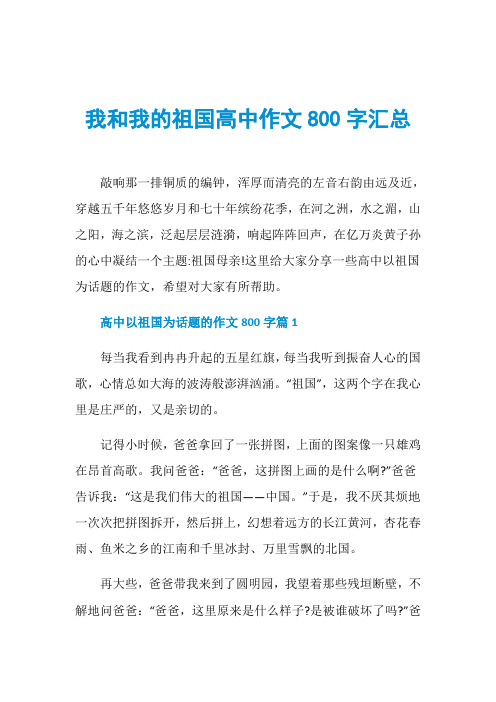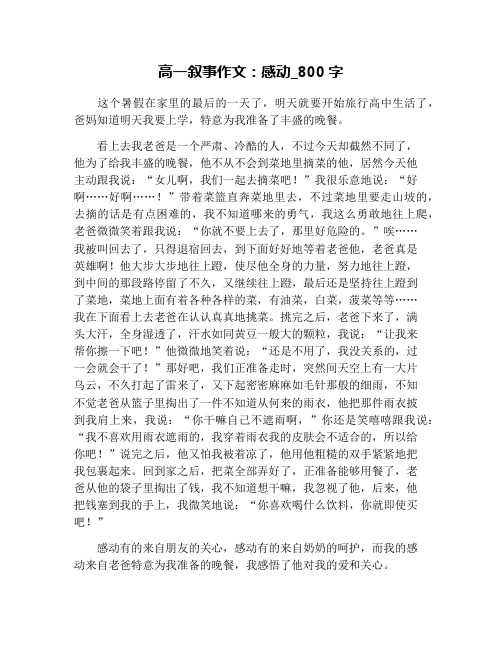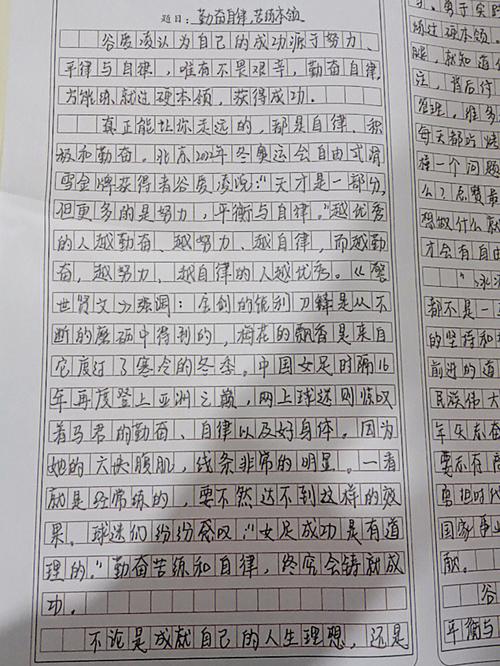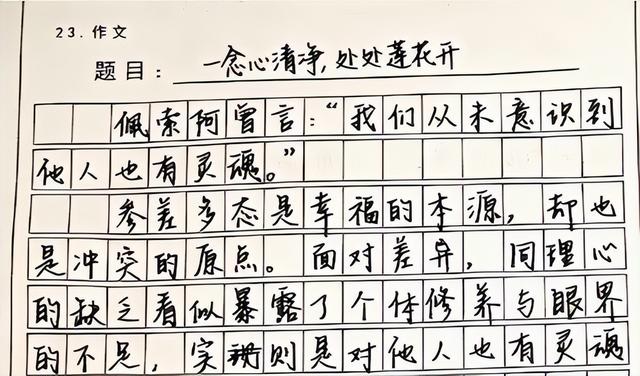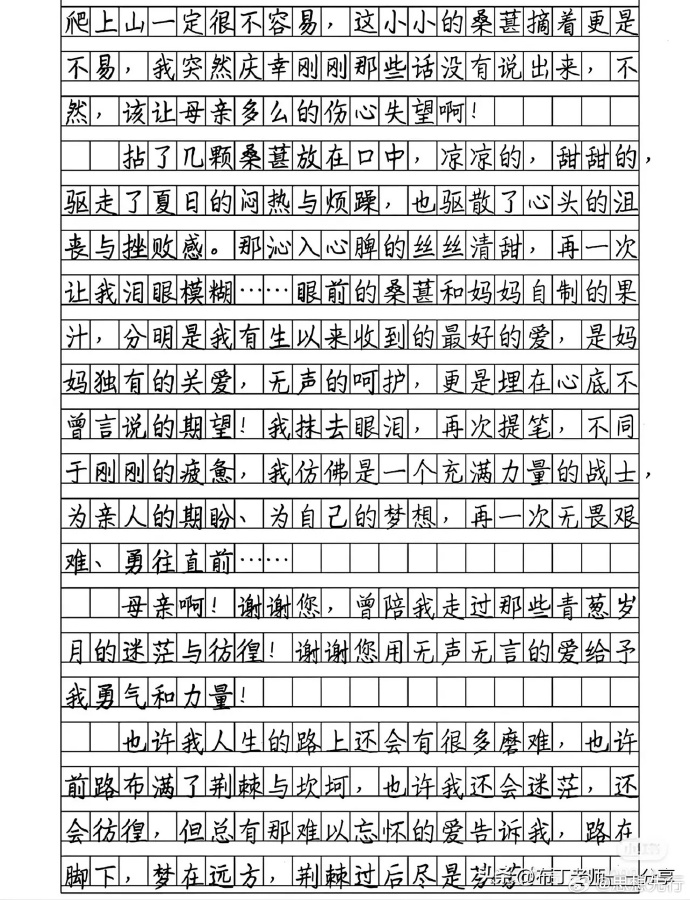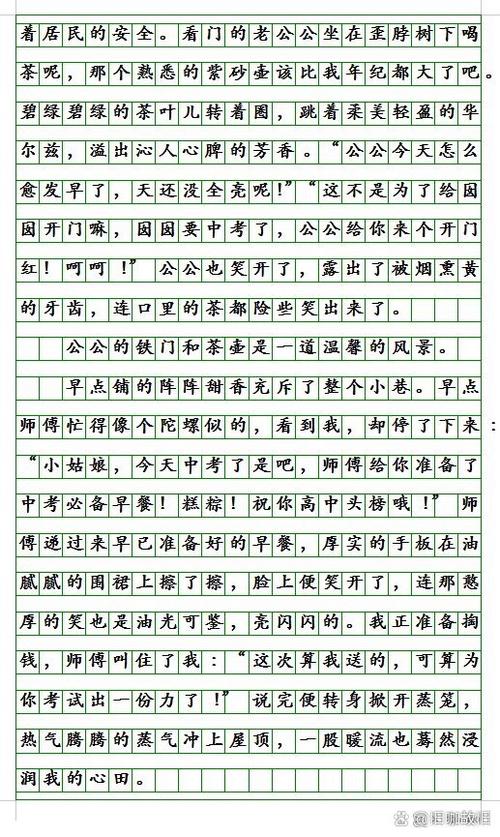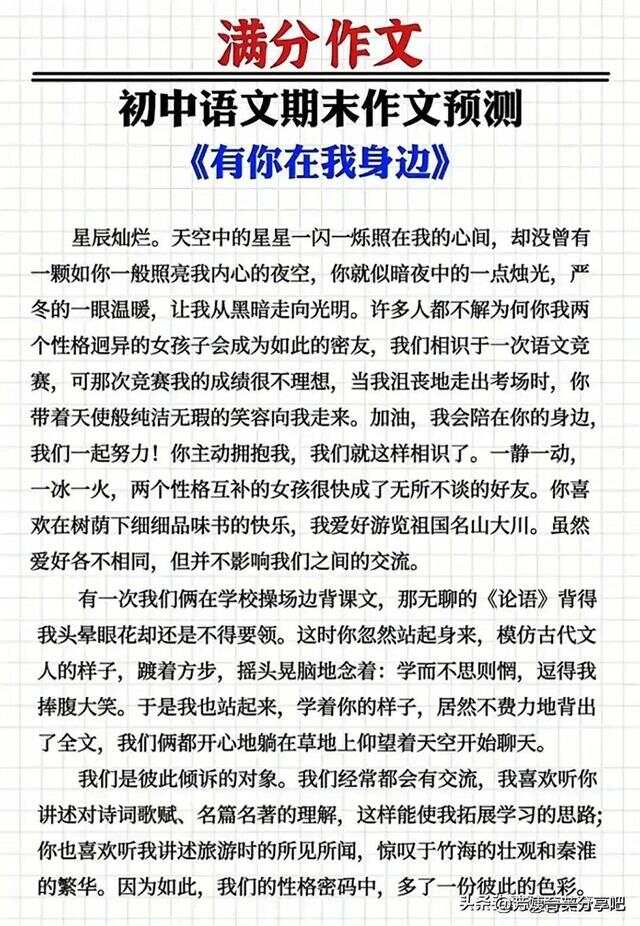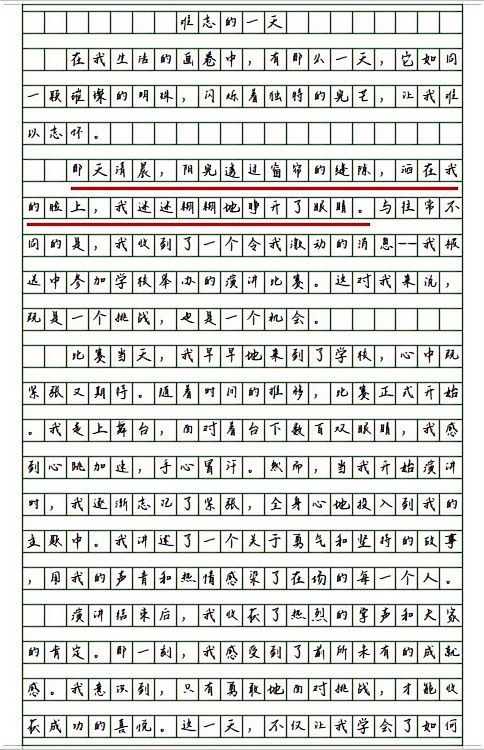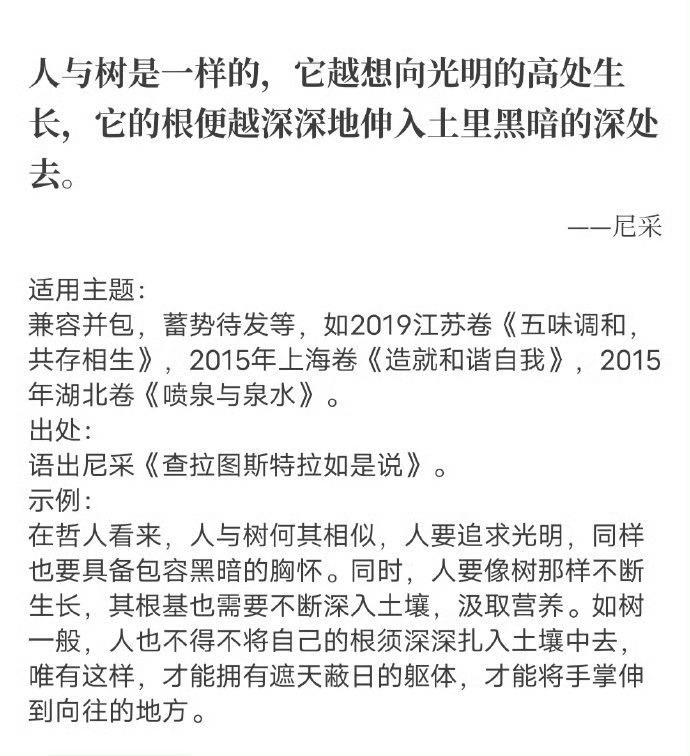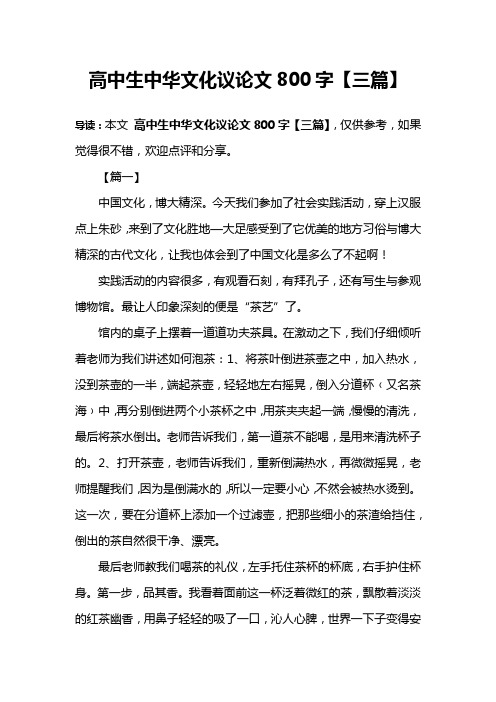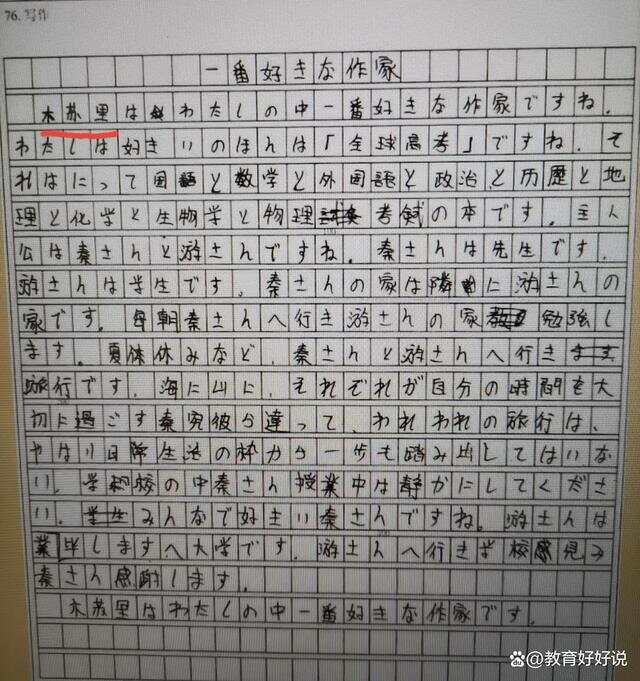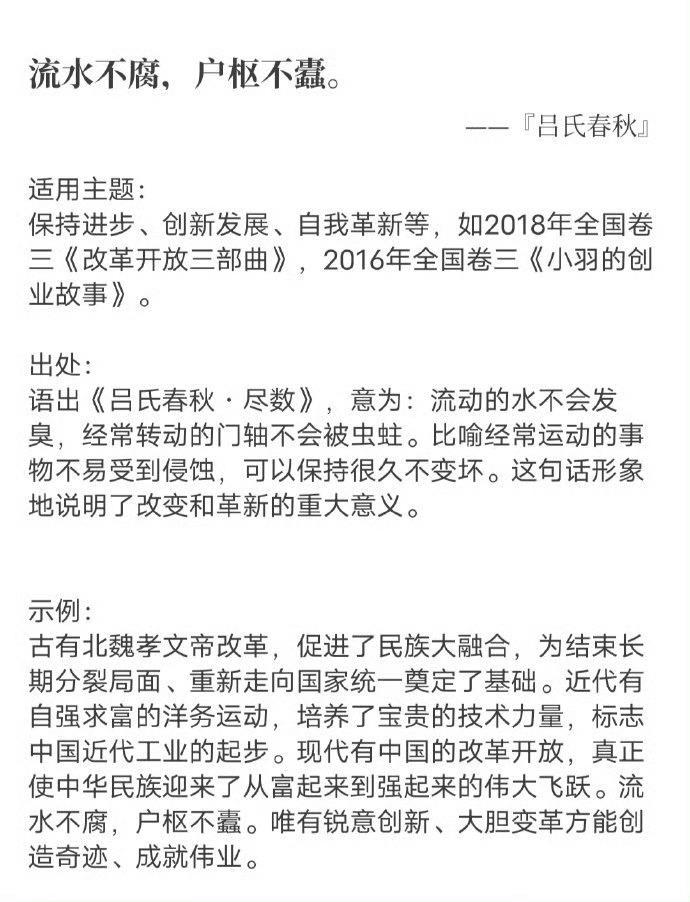chinesefestival英语作文("Chinese Festival Essay")
推荐阅读》
The Chinese festivals hold a unique and profound place in our cultural fabric, offering an array of customs and traditions that have been meticulously preserved over millennia. These celebrations not only reflect the rich heritage of ancient civilizations but also continue to play a vital role in fostering familial bonds, communal harmony, and national pride within China's diverse population. This essay delves into the significance and evolution of key Chinese festivals, highlighting how they are celebrated, their historical backgrounds, and the values they impart to modern society. It is hoped that through this exploration, readers will gain a deeper appreciation for these timeless events, which bridge the past and present, linking generations with a shared sense of identity and belonging.
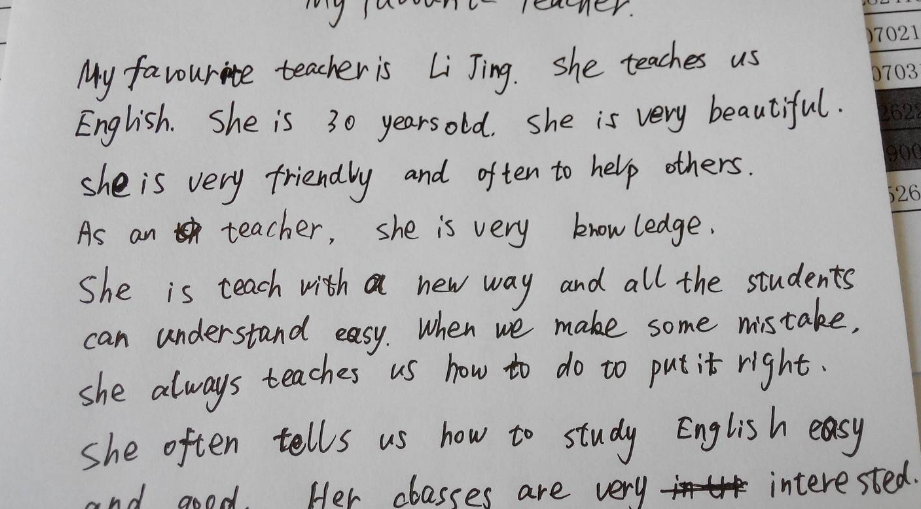
Chinese festivals can be broadly classified into two categories: those associated with nature and agriculture cycles (solar terms) and those tied to historical events or mythological tales. The former include the Spring Festival (Chinese New Year), the Mid-Autumn Festival, and the Dragon Boat Festival, while the latter encompasses the Qingming Festival, the Lantern Festival, and various other occasions celebrating heroes, legends, and religious figures. Each event is marked by distinctive practices, such as feasting, dragon dances, moon gazing, kite flying, ancestor worship, and more, all of which contribute to a vibrant tapestry of cultural expressions.
To better understand the essence of Chinese festivals and their impact on contemporary life, it is essential to examine them through three main aspects: their origins, traditional customs, and modern adaptations. By tracing the historical roots of these festivities to ancient times, we uncover how they were initially conceived as means to honor deities, ancestors, or natural forces, thereby aligning human actions with cosmic rhythms. Understanding these origins helps us appreciate why certain rituals persist today, even as societies evolve.
Traditional customs form the heart of Chinese festivals, embodying the spiritual beliefs and social norms that have shaped Chinese culture for centuries. For instance, during the Spring Festival, households cleanse their homes to sweep away ill fortune and decorate with red lanterns and couplets symbolizing good luck and prosperity. Families gather for reunion dinners, share dumplings representing wealth, and set off firecrackers to ward off evil spirits. Such practices underscore the importance of family unity and the desire for a prosperous new year.
In addition to traditional customs, food plays a central role in almost all Chinese festivals. Special dishes are prepared based on regional preferences and historical associations. For example, the Mid-Autumn Festival features mooncakes filled with sweet lotus seed paste or salted egg yolk, symbolizing completeness and unity. During the Dragon Boat Festival, people eat zongzi, glutinous rice wrapped in bamboo leaves, in memory of Qu Yuan, a patriotic poet who drowned himself in protest against corruption. These culinary traditions not only provide sensory delights but also convey deep meanings about loyalty, filial piety, and remembrance.
While maintaining their core traditions, Chinese festivals have also undergone significant transformations in recent decades. Urbanization, globalization, and technological advancements have led to changes in how these celebrations are observed and experienced. Younger generations may participate in virtual dragon dance competitions or create digital art for the Lantern Festival rather than handcrafted paper lanterns. However, despite these shifts, the underlying themes of family reunion, gratitude, and renewal remain intact.
Moreover, Chinese festivals have become increasingly recognized and celebrated internationally, serving as a platform for cross-cultural exchange and mutual understanding. Events like the Lunar New Year Parade in New York City draw millions worldwide, showcasing traditional lion dances, martial arts performances, and Chinese calligraphy workshops. This exposure fosters appreciation for China's rich cultural heritage among foreign audiences and promotes global dialogue about shared human experiences related to time, nature, and community.
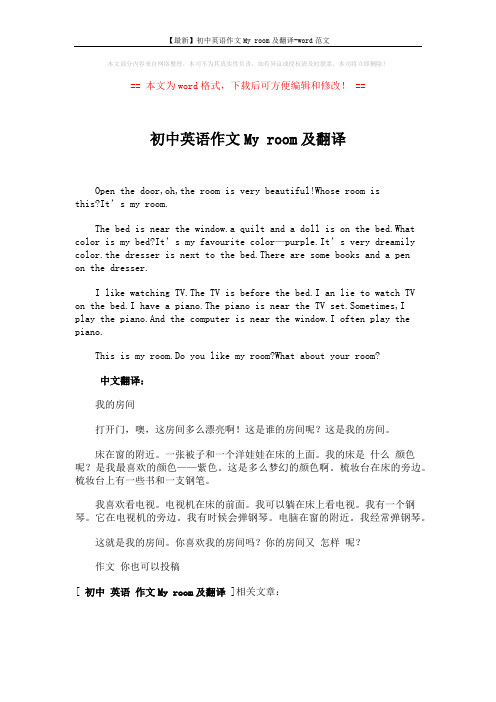
In conclusion, Chinese festivals represent a living testament to China's long history and enduring culture, blending ancient rites with contemporary customs to enrich lives across generations. From their sacred origins to modern adaptations, these festivals offer valuable lessons in cherishing traditions while embracing change. They remind us that despite differences in language, customs, and geography, humanity shares fundamental aspirations for happiness, harmony, and connection. As we celebrate these festivals, let us also strive to preserve their essence while fostering inclusivity and respect for diverse cultural expressions around the world. In doing so, we contribute to building a more harmonious global community where every culture has a voice and every tradition is honored.
本文系作者个人观点,不代表本站立场,转载请注明出处!

